If you’ve owned your quad for more than one season then you’ve probably already had the experience of walking the 4-wheeler back somewhere or bringing fuel back to your ATV. If you are trying to avoid that scenario then I’m sure you are wondering how far you actually can ride on a take of gas.
A 5.4 Gallon ATV tank can ride 108 miles averaging 20MPG. Factors that affect gas mileage: type and age of ATV, tank size, weight, throttle, terrain, tires, engine size, carburetor, and maintenance upkeep. To ensure you won’t run out of gas test your 4-wheeler before your trip and bring extra gas.
There are plenty of resources where you can easily find a car or truck’s mileage, but there is hardly any info out there for 4-wheelers which can be very agitating. We can give you a fairly close estimate, things that affect gas mileage, and a few other tips. That way, you won’t have to hike back to civilization, empty gas can in hand.
If it seems to you that there isn’t a lot of information about gas mileage and 4-wheelers, you are right. Trying to locate gas mileage information from dealers is just about impossible.
For example, one website mentions that the fuel economy from all UTVs/ATVs in 2011 averages 39.47 miles per gallon. However, the same website also lists the date it was written as January 1, 1970. You decide how much you trust those numbers but it’s outdated.
So then you can look up the specs on a specific 4-wheeler. For example, here are just some of the specs on a 2021 Can-Am Outlander:
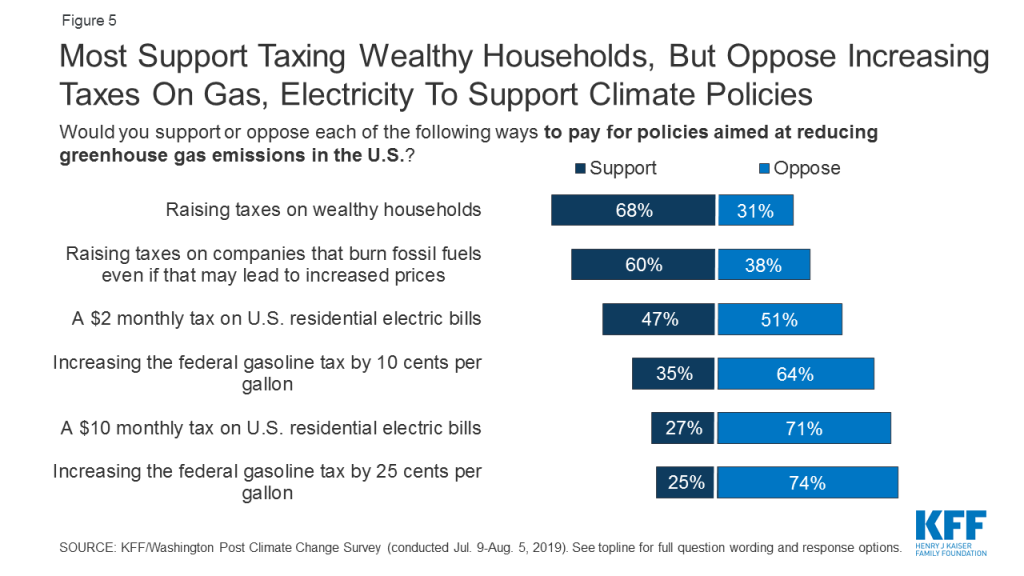 5 inches (88 cm)
5 inches (88 cm)Manufacturers of ATVs and 4-wheelers don’t give out the same kind of information regarding gas mileage for several reasons. These are the two key ones:
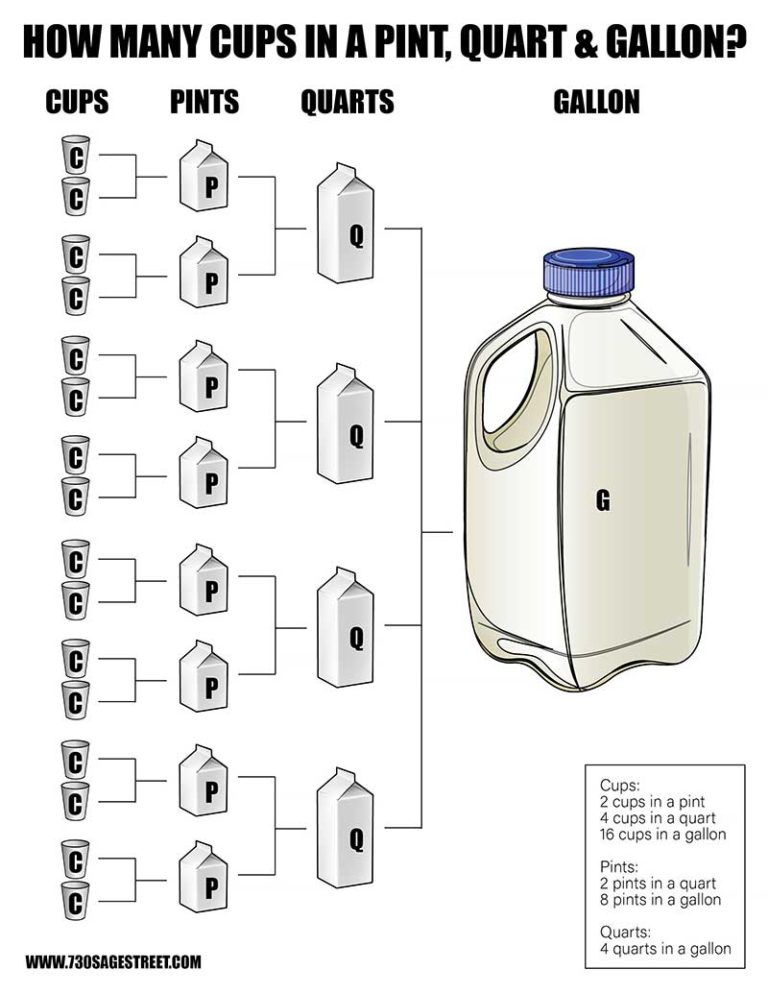
There really is only a small amount of info available—and nothing covers fuel mileage. If manufacturers don’t tell you, then the next source to turn to is people who actually own them.
To check out what 4-wheeler and ATV users reported, check out Fuelly, a site where vehicle owners report the mileage they have gotten.
The number of people who report mileage for ATVs and 4-wheelers on Fuelly is much smaller than for cars. For example, over 1,000 people reported mpg’s on their 2012 Toyota Prius. The range there was equally broad, with a couple of cars in the 30s and a few over 60.
Users of ATV and 4-wheeler forums also report similar ranges. So if your buddies are giving you different numbers, saying it depends, or just “I don’t know,” it’s because the answer is dependent on many variables. And this is precisely why it’s hard to find an exact number because everyone drives ATV’s differently. A Utility ATV is going to be hauling more loads at slower speeds versus a Sport ATV might be ridden extremely fast and hard in racing conditions.
So if your buddies are giving you different numbers, saying it depends, or just “I don’t know,” it’s because the answer is dependent on many variables. And this is precisely why it’s hard to find an exact number because everyone drives ATV’s differently. A Utility ATV is going to be hauling more loads at slower speeds versus a Sport ATV might be ridden extremely fast and hard in racing conditions.
It would be great if there were a formula that you could plug in and determine how much a specific weight will impact your gas mileage. The EPA estimates that for every hundred pounds of weight removed, gas mileage increases by 1 to 2 percent.
A different study found that a 1% reduction in total weight increased fuel economy by 0.33%. Although this study was based on a vehicle weight of 3,200 pounds, it’s probably as close as you will get to a formula.
That estimate is for cars, not 4-wheelers, however. Also, the 100 pounds from a car is a larger percentage of its total weight than 100 pounds of an ATV.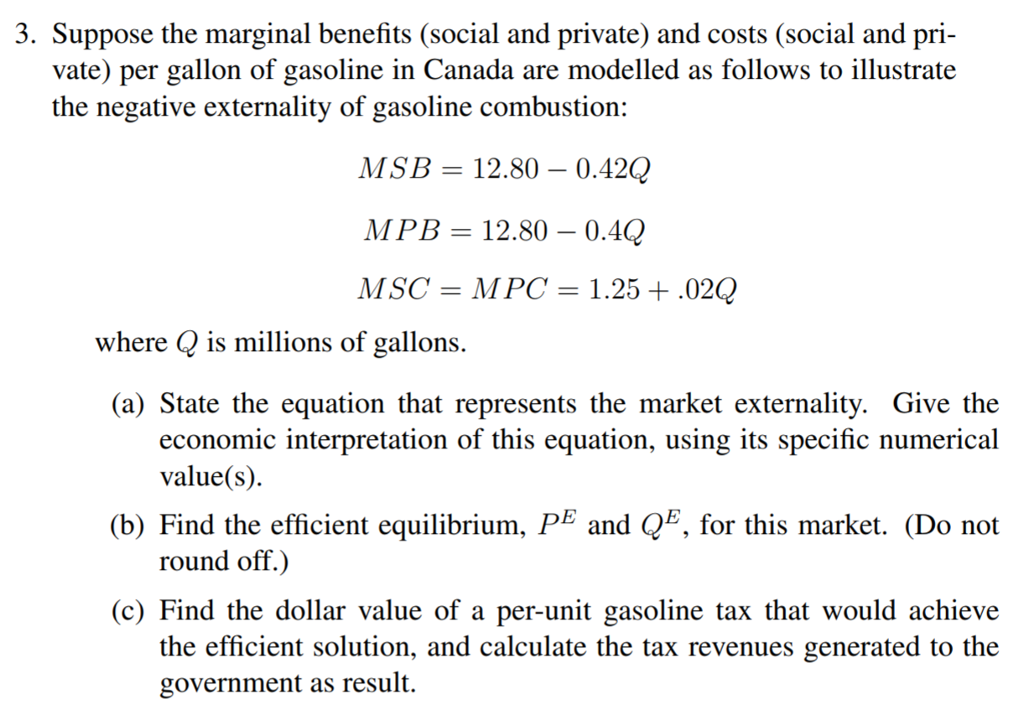 Still, the additional weight on your 4-wheeler is going to make its engine work harder, thus reducing fuel mileage.
Still, the additional weight on your 4-wheeler is going to make its engine work harder, thus reducing fuel mileage.
When you bring back that buck you scored, your mileage coming back will be much lower, so make sure you plan accordingly.
It goes without saying that the faster you drive, the lower your fuel mileage. Again, there is no neat formula for speed versus mileage for off-road vehicles. The US Department of Energy has an excellent web page for ways to increase gas mileage—but the specifics are all about cars.
If you want to know how much your 2012 Dodge Ram when you drive 75 miles instead of 60, check out the site. But your Polaris, Kawasaki, or Can-Am won’t be listed.
Terrain also dramatically impacts your gas mileage. Mileage is worse through woods and uneven terrain especially muddy trails that slow you down and in result you revving up your engine more. Same goes for climbing up a tall sand dune over and over, it’s just going to eat through the gas.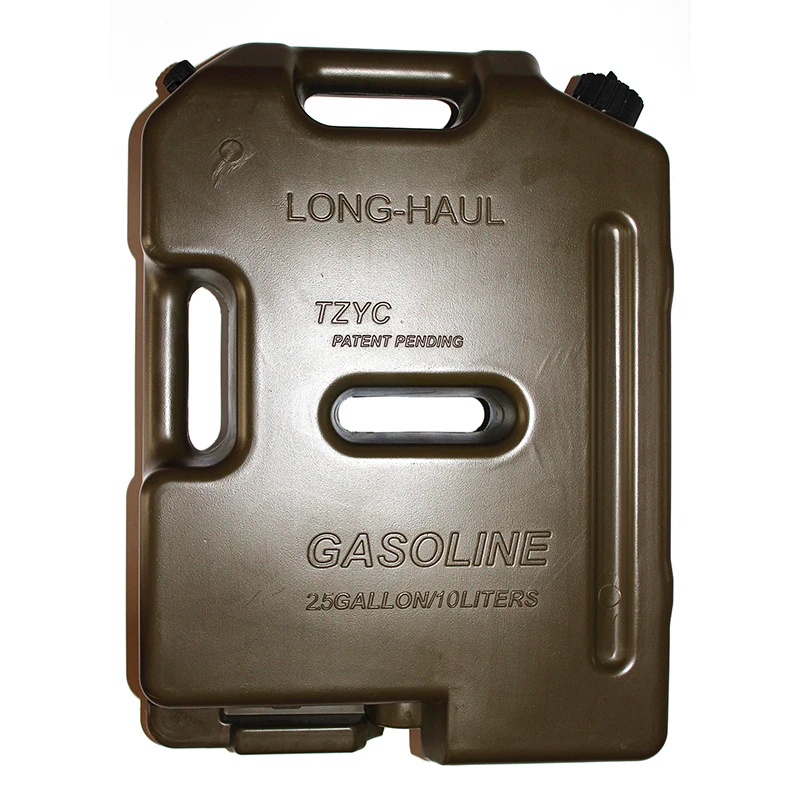
Two factors related to tires impact your 4-wheelers mileage—tire pressure and tire size. Tires without proper air pressure force the engine to work harder, and when that happens, then mileage drops. Increased Tire size can also have a negative effect due to the added weight. Colder temperatures cause tires to deflate so depending on what time of year you might add this into consideration, bring a tire gauge and a way to air those suckers up. Every little bit can help.
A few additional factors that affect ATV’s MPG’s include:
If you haven’t bought an extra fuel container for your 4-wheeler, now is the time. These are a couple we recommend:
These are a couple we recommend:
Here is the best ATV fuel Container:
Other Recommendations:
 The 3-handle design allows two people to lift the tank, and other features include an anti-rust coating on the inside and outside.
The 3-handle design allows two people to lift the tank, and other features include an anti-rust coating on the inside and outside.Maybe it’s time for a science experiment. Fill up your 4-wheeler and a gas can. Then run it until the tank is nearly empty and see how far you got. Make sure you know how accurate your fuel gauge is so that you do not run out completely.
Use Google Maps or another navigation system to double-check the mileage—the indicator on your vehicle might not be accurate. Then fill ‘er up again and head back. Anybody asks—tell them you were doing science.
There are just too many factors at play to give an exact answer to the question of how far a 4-wheeler can go on a tank of gas.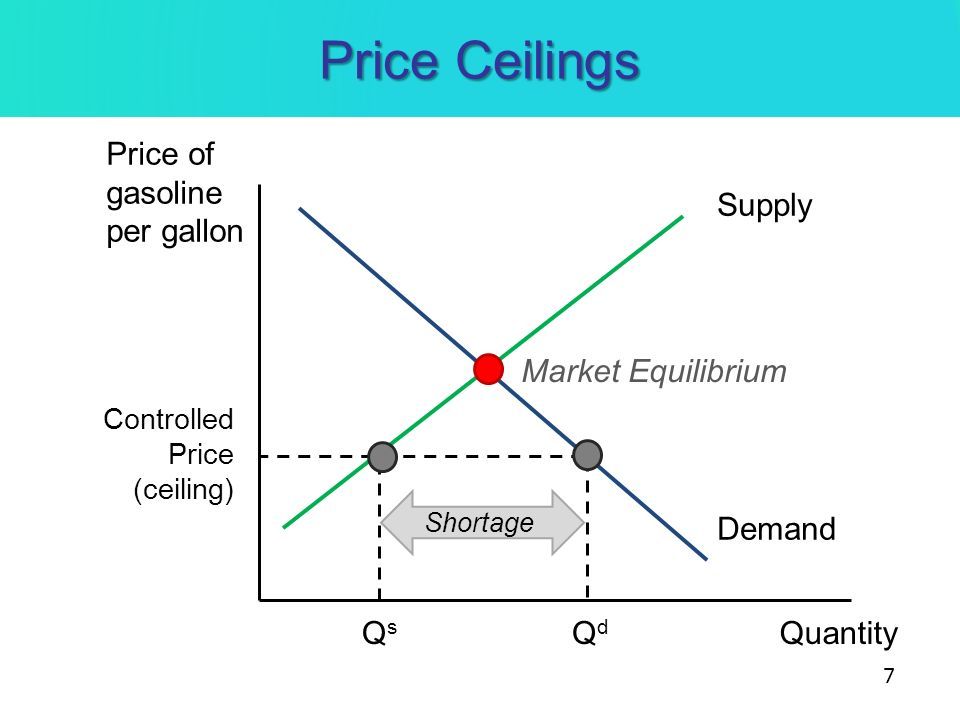 Use the 20 miles per gallon as a baseline, multiply that by the size of your tank, and carry some extra fuel with you as insurance.
Use the 20 miles per gallon as a baseline, multiply that by the size of your tank, and carry some extra fuel with you as insurance.
ATV’s provide tons of fun and is a great way to get your mind off of the daily stresses. But that fun can come to a screeching halt very quickly if you happen to run out of gas. That poses the question: How far can an ATV go on a tank of gas?
There are too many factors to consider to give a universally definitive answer to this question. In general though, ATVs can go anywhere between 40 – 200 miles on a single tank of gas, depending on the tank size, the type of driving, the type of ATV, etc.
Now that we’ve established a very broad idea of how much you can get out of a tank of gas from a hobby ATV, let’s take a deeper look at the different kinds of ATV and how different situations will affect your gas consumption.
The question about fuel capacity and economy can be quite difficult to answer accurately since there are so many factors to consider like how aggressive you drive, engine size, the type of ATV, etc.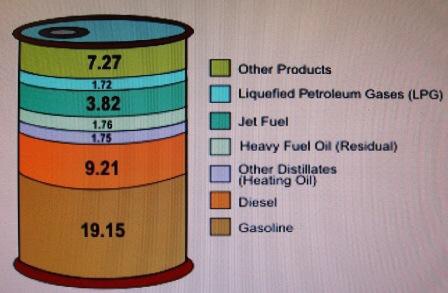
To determine how far your ATV will get on one tank of gas, we’ll have to first separate them into groups according to the different types of ATVs, namely small Hobby ATVs, Sports ATV, and Utility ATVs.
Each of these has different types of engines and different engine sizes, therefore making them different and affecting the distance you can go with each one of them on a tank of gas.
Hobby ATVs are meant for those heading to the nearest dirt track to have as much fun as possible, comparably making them like small dirt bikes. Getting on one of these is the perfect way to unwind after a day of stress, whether you’ve been in an office all week or your hands are hard from work.
These ATVs have smaller gas tanks, only a few gallons, and it’s recommended that you grab a few extra gallons before heading off onto your adventures. These ATVs are also available in up 600cc engine capacity models, making them fast, light, and lots of fun when the road is covered in just the right amount of dirt.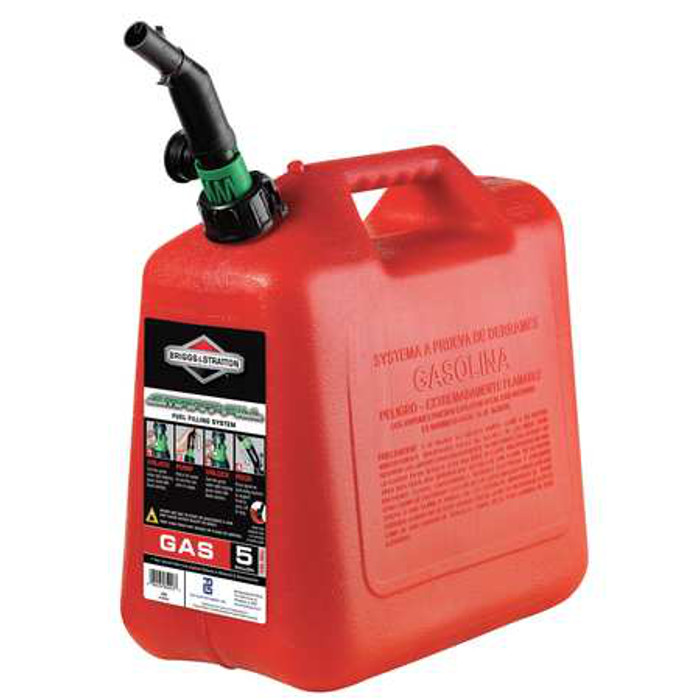
The best recreational ATVs that are used by hobbyists only have a few miles of range with their gas tanks, but they are very lightweight and make it easier for you to jump, slide, play, and have as much fun as possible and aside from sports ATVs, might be the best adrenaline rush you can have on four wheels with no roof.
Hobby ATVs usually get anywhere between 40 – 100 miles on a tank of gas.
These are the beasts, the raptors, the jumpers, and the Dakar champions that either go for days or simply need to complete a circuit in as little time as possible. These are ironically anything from 250cc engines that have small gas tanks to almost 1000cc engines that have gas tanks large enough for day-long rides.
The world of sports ATVs is one that is simply too large to sum up. The number of sports that they are used in is also too much to count, meaning that they would need their own, very long article to cover. Regarding the question of how far they can drive on one tank of gas, it depends on the situation in which they are being utilized and the person driving them.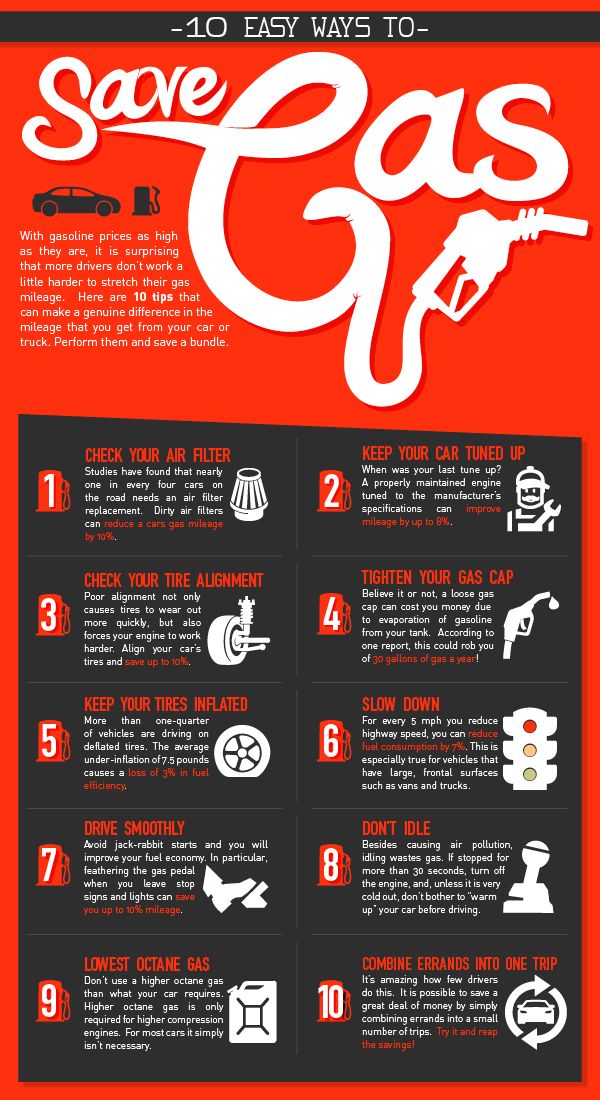
For circuit racing, they are usually used with smaller gas tanks, making them light and easy to maneuver. Circuit racing involves jumps, dirt, sand, and lots of fun times for the riders. This is why it’s important that these ATVs can be driven fast and for slightly extended periods. They usually complete around 30 laps of a circuit, with each circuit being around one to 4 miles in length.
Then there’s the long-distance sprinters, the off-road champions, and the ATVs that are used by those that truly know what they’re doing. Used in championships like the Dakar and adventure runs, and taking you through some of the toughest terrains for an ATV to go through. Easily reaching distances of thousands of miles, these races are intense and can last for several days.
As a side note, these ATVs can reach speeds of almost 100mph and should not be used when you’re still new to the off-roading and ATVs…
Sports ATVs are optimized for speed and distance, usually being close to 1000cc bikes that can be economical when needed. They can get anywhere between 100 or 200 miles on a single tank of gas, using new technologies that make them as economical and fast as possible.
They can get anywhere between 100 or 200 miles on a single tank of gas, using new technologies that make them as economical and fast as possible.
This is where you find the workhorses, the ATVs that know how to climb a mountain and also take the truck along with it.
These are heavy, large, and strength-based ATVs that favor torque over speed, allowing you to do things on the farm, ranch, or just driving around at moderate speeds. As an extra caveat, the ATVs that form part of this group are more relaxed and can even have roofs and come in two or three seaters, but they do cost a bit more.
The wonderful thing about these ATVs is that they can go almost anywhere, in a way that other ATVs may have trouble doing. Their ability to be four-wheel drive and have high torque lets them climb in and out of gorges that most other vehicles would not be able to manage. They can also be accessorized remarkably well too, letting you add hooks, luggage rails, and even lighting units for nighttime work.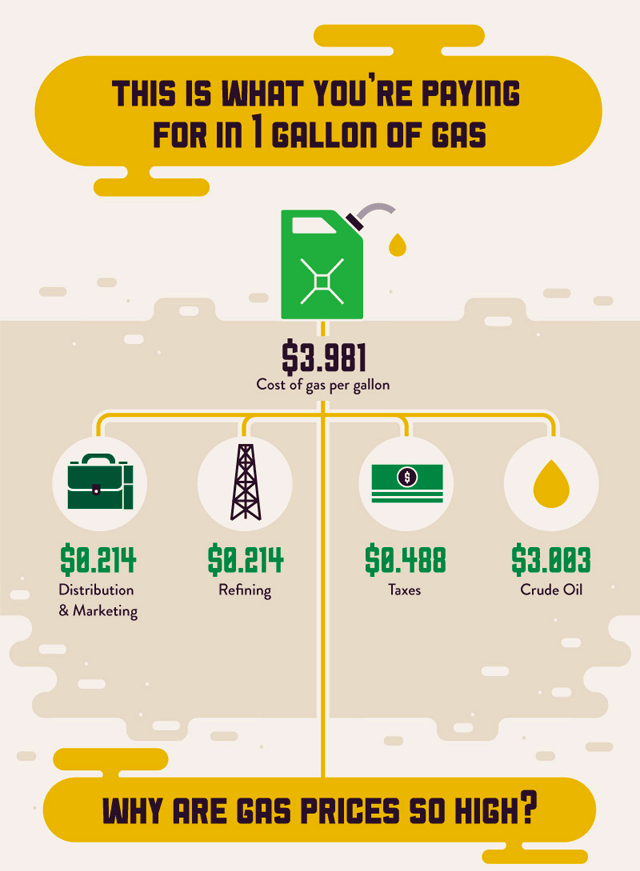
Having a similar range to Sports ATVs of between 100 to 200 miles or more, on a single tank of gas, some of these larger, more equipped ATVs have the same power as most small cars. Anything from 200cc to 1200cc engine capacity models exists and the size of their gas tank increases along with their engine capacity.
Now that we’ve covered the different types of ATVs, let’s examine some of the other factors that can influence the fuel consumption of your ATV.
Weight plays a big role in fuel consumption and the lighter you can get your ATV, the better the fuel consumption that you will get.
Aerodynamics also plays a major role in fuel consumption and the less resistance you have while driving your ATV, the better your fuel consumption will be.
Low tire pressure, especially on the drive tires, can negatively impact your fuel consumption and always follow the manufacturer’s recommended tire pressure for the tires on your ATV.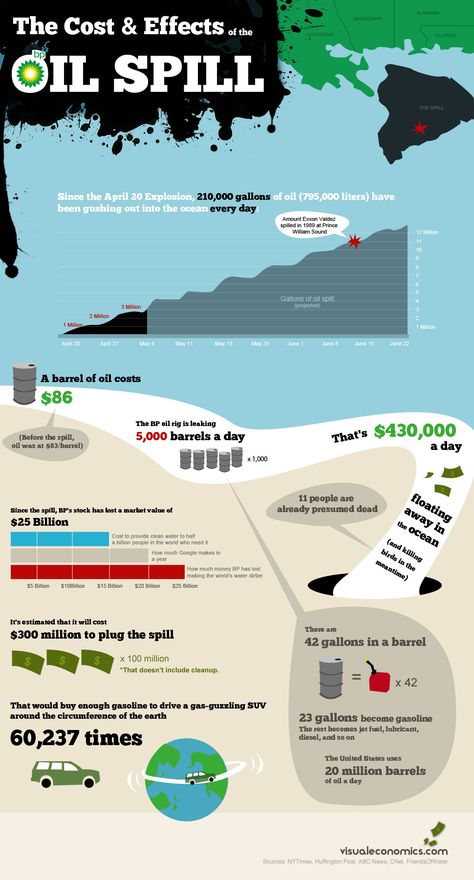
Needless to say, smooth even roads will yield much better fuel consumption than rocky and muddy terrains, but that’s where the fun lives.
Modified engines, as much performance, and fun as they can add to your ATV and off-roading experience, with the increased performance from the modifications, comes a heavier fuel consumption.
An engine that is worn out and out of tune will affect your fuel consumption and you will get much fewer miles per gallon as you would with your engine finely tuned and functioning optimally.
Here is a list of some popular ATVs along with their respective ranges (miles per gallon) according to fuelly.com.
| BRAND | MODEL | YEAR | MPG |
| Suzuki | LT-A700X KingQuad 4×4 | 2005 | 8.9 |
| 2007 | 25. 7 7 | ||
| Kawasaki | KVF650 Prairie 4×4 | 2002 | 10.9 |
| Can-Am | Commander 1000 XT | 2012 | 12.8 |
| 2016 | 29.9 | ||
| Commander 800R | 2015 | 9.0 | |
| Maverick X3 X rc Turbo R | 2019 | 14.8 | |
| Honda | TRX350TM FourTrax Rancher | 2001 | 16.8 |
| 2002 | 25.6 | ||
| 2006 | 35.4 | ||
| Yamaha | YFM700 Grizzly EPS | 2018 | 7.7 |
| 2019 | 19.5 |
When it comes to how far an ATV can go on a tank of gas, it all depends on the type of ATV you have, what you’re planning to do with it, and how hard you drive it.
No matter what the situation is though, just make sure you have a few extra gallons of gas nearby in case you run out of it. The last thing you want is for your fun to be cut short because you ran out of gas.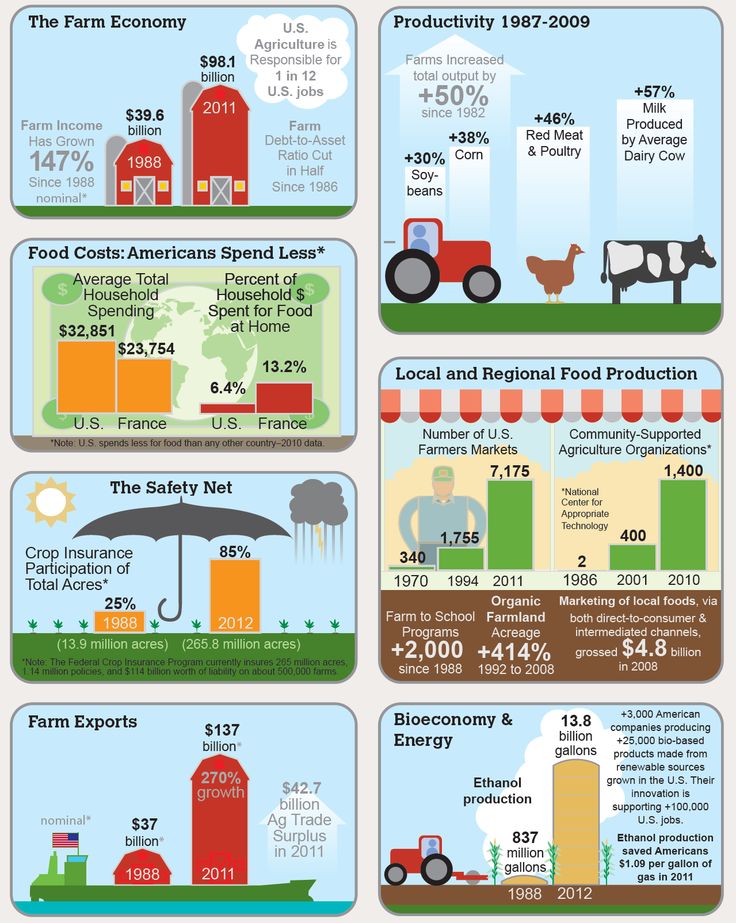
Also, be sure to check out our recommended gear section for the necessary recovery and maintenance equipment that you should always have with you while out on your off-roading adventures to help you out of those sticky situations.
For a long time we have stopped not paying attention to the fuel consumption of our vehicles. Oil, and then gasoline, is constantly rising in price. Here in this article we will discuss all the subtleties of the issue of fuel consumption for ATVs, some consider it too high, others adequate according to the type of transport. In general, we will discuss the fuel consumption of ATVs: all the pros and cons that have become painful for our domestic users of four-wheeled motor vehicles.
Why do some ATVs use more fuel than popular mid-range cars? First of all, an ATV is an off-road motorcycle, so you can’t apply the technologies that automakers use to develop the most “popular” car models to reduce their fuel consumption. For an ATV, engine power and torque are important. But this does not mean that manufacturers deliberately create engines for ATVs with increased fuel consumption, they just do not regulate them for low fuel consumption, worsening their dynamic performance.
For an ATV, engine power and torque are important. But this does not mean that manufacturers deliberately create engines for ATVs with increased fuel consumption, they just do not regulate them for low fuel consumption, worsening their dynamic performance.
Based on the experience of ATV riders, we can safely say that the average fuel consumption for 500-700cc ATV models is about 10 liters per 100 km, which is the average consumption for conventional vehicles with an engine capacity of no more than 2000cc. see This indicator for driving on a mixed type of asphalt-ground surface. Having visited the sands, wetlands for a long time or went hunting, get ready, of course, for a higher consumption of 12-13 liters per 100 km. In general, the range of fuel consumption for an ATV engine is very large, and this is due to frequently changing operating conditions.
If you are looking to reduce the fuel consumption of your ATV due to influencing factors, then the following tips will help you in this.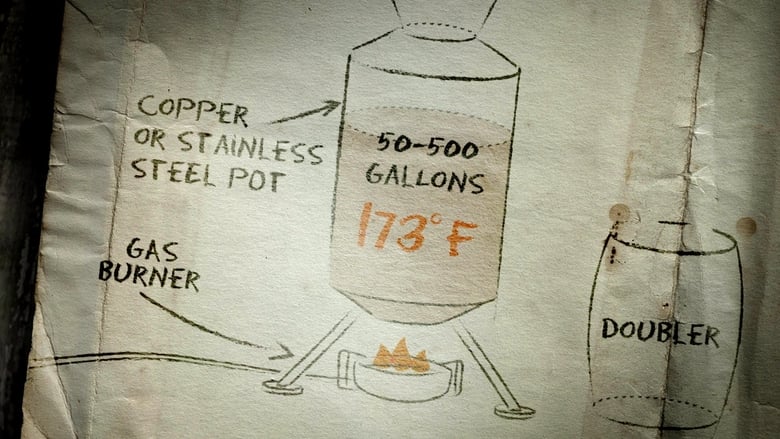
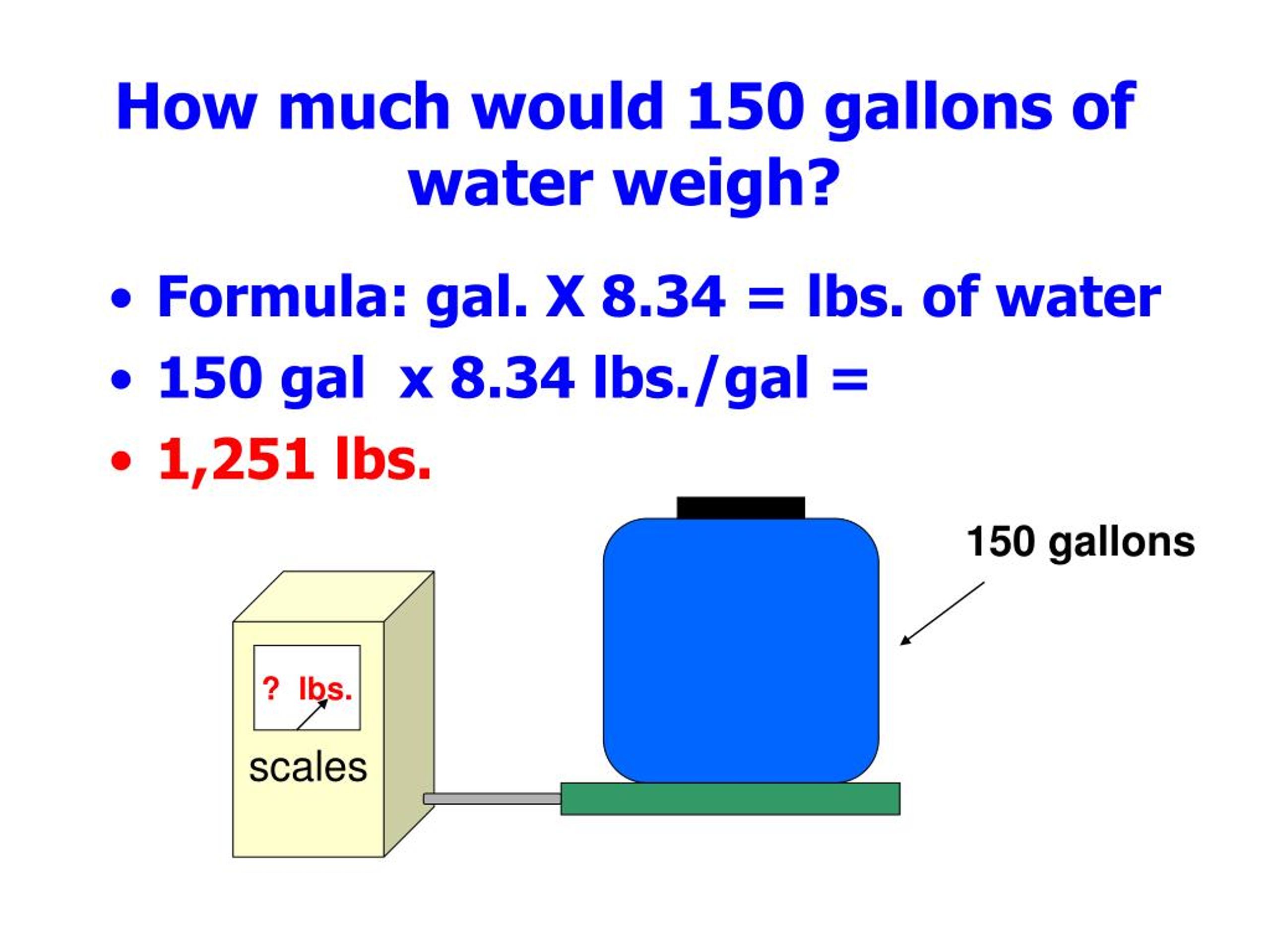 Therefore, before tuning your ATV, think about whether you need it.
Therefore, before tuning your ATV, think about whether you need it. Advice for those who are just planning to buy an ATV. There are many both carbureted and fuel injected engines on the market in ATV models. The injection engine will consume less fuel with a gentle operation.
But is it worth adhering to a sparing mode of operation when the main goal of buying an ATV is to feel the adrenaline from extreme driving of four-wheeled motor vehicles. The ATV will help you on the hunt when chasing the beast, get to the reed thickets as close as possible while fishing, remove snow from the farmstead in winter and just get euphoria from fast driving over rough terrain. With all these charms, the ATV's fuel consumption will be slightly increased, but it's worth it.
Contents
Avantis Hunter 200 is a powerful utility ATV developed by the Russian company Avantis Motors.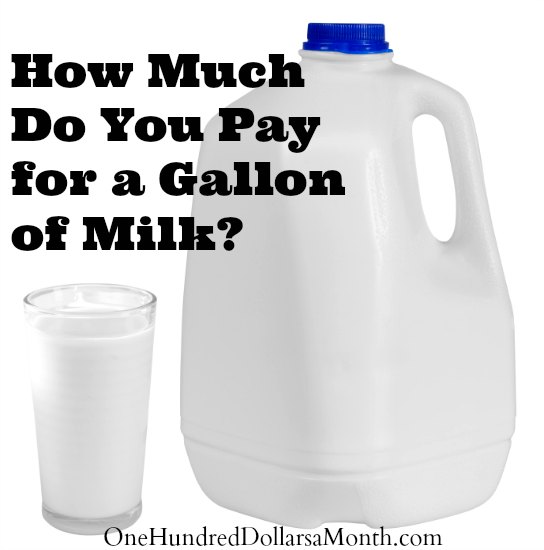 Apparatus, thanks low price , high carrying capacity and cross-country ability, has taken a leading position in the motorcycle market. A versatile horse suitable for outdoor activities (hunting, fishing) and for work.
Apparatus, thanks low price , high carrying capacity and cross-country ability, has taken a leading position in the motorcycle market. A versatile horse suitable for outdoor activities (hunting, fishing) and for work.
The manufacturer released several modifications of the device at once:

Avantis Hunter 200, which replaced the outdated Hunter 150 model, is suitable for fans of outdoor activities and tourism. Particularly noteworthy are simple control . Even a teenager who has no driving experience can master the model.
Avantis Hunter 200 New BIG ATV Review
Watch this video on YouTube
The developers equipped the Hunter 200 with a reliable and powerful engine, with a volume of 200 cc. Due to this, the model received a high load capacity and excellent cross-country ability. The compact device confidently keeps on rough terrain and easily overcomes obstacles.
The compact device confidently keeps on rough terrain and easily overcomes obstacles.
Avantis Hunter 200 Parameters:
The basic modification is equipped with: hand protection, speed limiter, autostart with remote control, two trunks, snow chains, LED headlights, gear indicator, front bumper, etc.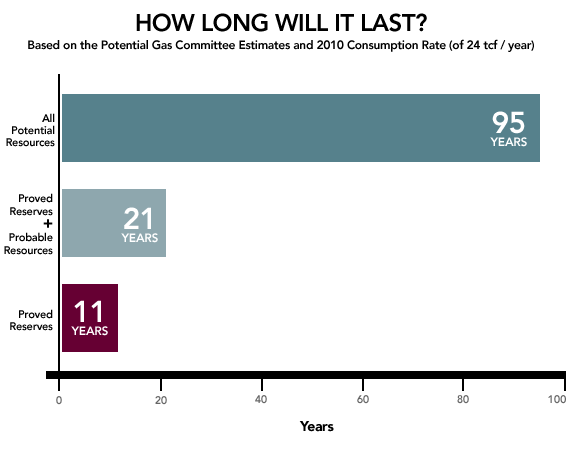
The characteristics of the Hunter ATV depend on the modification. For example, the LUX is equipped with adjustable rear and front suspension, heated grips and additional LED headlights. Also is different equipment and color.
AVANTIS HUNTER 200 - HONEST OWNER REVIEW FOR A YEAR OF USE
Watch this video on YouTube
One of the main advantages of the Avantis Hunter 200 ATV is economy. The utilitarian spends approximately 2-2.5 liters gasoline per 100 km. Fuel consumption depends on speed, type of driving and track conditions. The owners of the device note that a full tank is enough for 200-220 km.
The ratio of price and technical parameters of the Hunter 200 ATV leaves no chance for competitors. Cheap and reliable equipment is head and shoulders above Chinese devices. For example, Kayo Viper 125 is inferior to the hunter in terms of power, maneuverability and comfort.
Hunter 200 is a worthy competitor to the Yamaha Grizzly 125 and Kawasaki KLF 250. Of course, Japanese ATVs are much more expensive. Grizzly will cost almost 200 thousand rubles. For the domestic device Hunter, you will have to pay only 110-145 thousand rubles, depending on the modification.
One of the main opponents of the Hunter 200 is the ABM Apache 150, introduced back in 2014. Both models are in the same price segment, but have significant technical differences. Hunter outperforms Apache in payload and power (9hp vs 16 hp).
Serious confrontation is also observed in within the series. Many buyers choose the more advanced Hunter 250 model, equipped with an 18 hp engine.
Avantis 200 is the ideal solution for both leisure and work. Powerful and easy to operate, the is perfect for beginners and teenagers . The car confidently keeps on asphalt and rough terrain.
Device advantages:
 The cost of a new device ranges from 100 to 145 thousand rubles. You can buy a used ATV for 70-100 thousand rubles.
The cost of a new device ranges from 100 to 145 thousand rubles. You can buy a used ATV for 70-100 thousand rubles. The manufacturer notes the reliability of the equipment, but the reviews about the Avantis Hunter 200 ATV are very contradictory. Owners of faced many shortcomings :
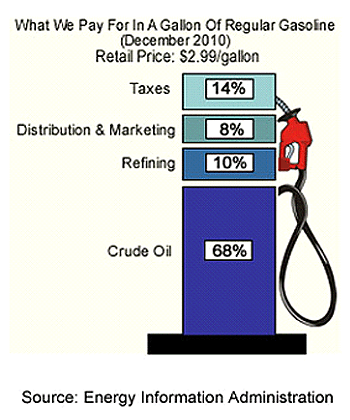
The impression of the ATV Avantis 200 is twofold . The price and technical characteristics of the machine are definitely captivating, but the build quality is repulsive.
TOP quadric 200 CUBE!!! / Review on Avantis HUNTER 200 Premium NEW
Watch this video on YouTube
Utility practically does not need tuning. Usually, owners change plastic elements, wiring and starter, and also install seat with backrest . If desired, you can repaint the device.
But the Hunter 200 will definitely need repairs. Owners are advised to call in the service immediately after purchase and check the wiring, carburetor, speedometer, engine and battery. We should not forget about the plastic parts that crack at the slightest impact.